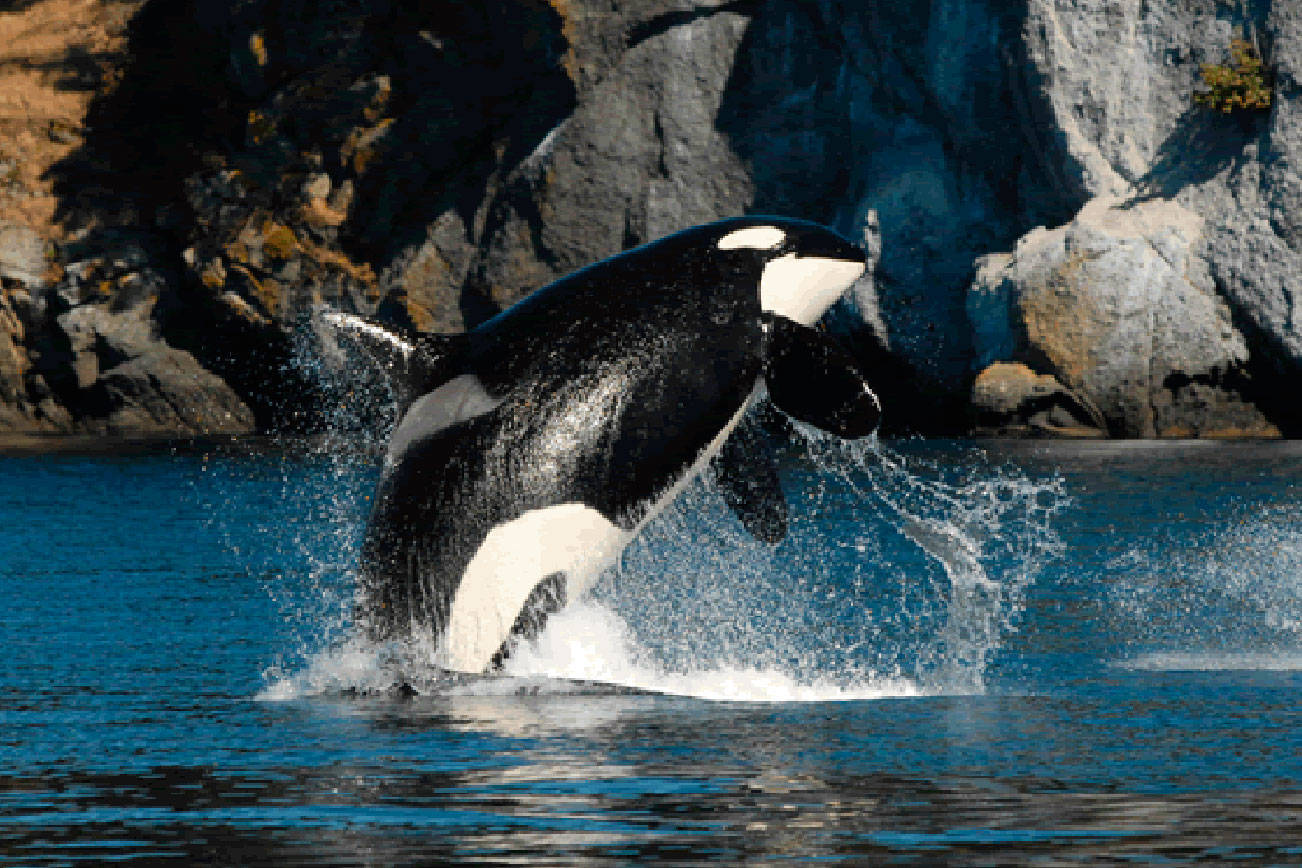Gov. Jay Inslee is committed to saving the Southern resident orca population and has requested more than $1 billion to do so.
Members of Inslee’s Southern Resident Killer Whale Task Force attended a webinar hosted by the Washington State Office of Financial Management on Jan. 10 to get a breakdown of the proposed budget which contains several of its recommendations.
“[Inslee] wanted to touch upon as many recommendations as possible. He wanted to honor the work and the process and the broad expertise, skill, experience and input. So that’s what we were charged with doing,” JT Austin, senior policy advisor on natural resources, said. “We also looked at what could be done in the budget, what could be done with direction to agencies and what required legislative actions.”
Inslee’s orca budget allocates $66 million to operating costs, $594.8 million toward capital improvements and $408.7 million to transportation improvements. Financial management representatives hope that the budget is signed by Inslee no later than June so initiatives can begin.
“Our work from now on at OFM and the governor’s office will be to work with the legislature with trying to get these recommendations implemented,” Senior Budget Assistant Jim Cahill said. “That’s the focus for folks out there who want to see these changes enacted is to work with the Legislature on this process as this moves forward.”
To address a lack of prey available for the orcas to eat, Inslee’s budget proposes a total of $36.6 million going toward operations including an increase in hatchery production and pinniped management. He proposed $376 million toward Chinook habitat restoration and $75.7 million for improving hatcheries. Also to support the lack of prey, a total of $296 million was suggested to replace dam culverts.
Vessel traffic is a recognized factor in the decline of orcas, therefore Inslee’s plan proposes $2.9 million toward enforcement of laws and boater education. An additional $117 million is budgeted to electrify state ferries. This includes building two all-new electric-hybrid ferries and converting two existing ferries to electric-hybrid.
Nearly $144 million was suggested in the capital budget to be used for cleaning pollutants from the waters and enhance stormwater treatment. The operating budget includes $19.4 million for pollutant prevention and action plans to avoid oil spills.
Inslee’s budget also provided $2.5 million toward science and support initiatives including zooplankton and pollutant monitoring.
The orca recovery budget is dependent on $3.5 billion from new revenue sources which are yet to be agreed upon, Cahill explained. The three sources include an increased business tax, a capital gains tax and a real estate excise tax.
“Without these revenue sources we would not be able to fund the orca recovery we have in the operating budget,” Cahill said.
Orcas were listed as an endangered species in Washington state in 2004, and nationally in 2005. The population of Southern resident killer whales has declined from 98 in 1995 to 75 in 2018 – the lowest it has been in 30 years.
Gov. Jay Inslee signed Executive Order 18-02 on March 14, which designated state agencies to take immediate action to benefit Southern resident killer whales and established the task force to suggest long-term actions for orca recovery and sustainability. The group is comprised of scientists, politicians from various levels of governance, members of the private sector and nonprofits as well as state agencies and area tribes.
“We are undertaking a herculean effort to save these iconic creatures. It will take action at every level of the environment across our entire state,” Inslee said in a December press release. “We need to restore the ecosystem to one that sustains orcas, salmon and the quality of life for all Washingtonians.”




